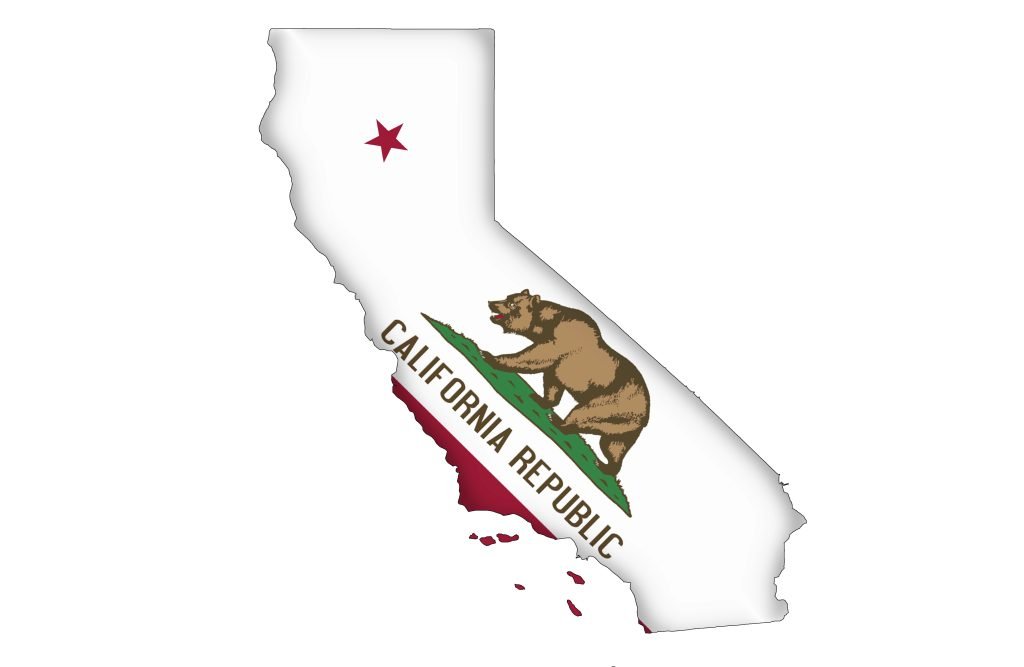[Editor’s note: Tim Price, London-based wealth manager and frequent Sovereign Man contributor is filling in while Simon is en route to Colombia.]
Successful investing requires having an edge. If you do not know what your edge is, you do not have one.
One doesn’t need to be a rocket scientist, or even a die-hard contrarian to have an edge. But given the competition from vast numbers of rival investors, it pays to go down the road less travelled.
Malcolm Gladwell, in his book David and Goliath, examines precisely this approach.
Goliath, a Philistine, challenges the Israelites to “single combat”, a stylized way of engaging with the enemy that avoids the heavy bloodshed that comes from open battle:
“Choose you a man and let him come down to me! If he prevail in battle against me and strike me down, we shall be slaves to you. But if I prevail and strike him down, you will be slaves to us and serve us.”
Goliath expects to be met by an equal. He is a giant, at least six foot nine tall, wearing a tunic made up of hundreds of overlapping bronze scales, probably weighing more than a hundred pounds.
Bronze shin guards protect his legs. Bronze plates protect his feet. He wears a dense metal helmet.
He has three separate weapons, each perfect for close combat. His javelin is also made of bronze, and capable of penetrating either shield or armor. He has a sword at his hip.
And his primary weapon is a type of short-range spear with a metal shaft “as thick as a weaver’s beam”.
Given his sheer size, not to mention the fate of his nation riding on his shoulders, you could say that Goliath was ‘too big to fail’.
So it’s no surprise that the Israelites don’t exactly hurry to respond to Goliath’s challenge.
Finally, David appears. But he refuses sword and armor, on the basis that he’s not used to them.
Instead he reaches down and picks up five smooth stones and puts them in a shoulder bag. He then walks down into the valley to confront Goliath, carrying his shepherd’s staff.
The way Gladwell tells it, we have all been misled about the David and Goliath story.
Goliath is expecting to fight David in single combat, hand to hand.
But David has no interest in honouring the rituals of single combat. He strides off to Goliath intending to fight as light infantry instead. Then he reaches into his shepherd’s bag for a stone.
A skilled slinger in the ancient world was as deadly as an expert sniper.
Medieval paintings show slingers bringing down birds in mid-flight. Irish slingers were said to be able to hit a coin from as far away as they could see it.
The Romans even invented a special set of tongs so that they could extract slingshot embedded in their enemies.
The historian Robert Dohrenwend writes that
“Goliath had as much chance against David as any Bronze Age warrior with a sword would have had against an opponent armed with a .45 automatic pistol.”
The soldiers alongside David thought of power as physical might. But power can come in other forms: in breaking rules, or in substituting speed and surprise for strength.
Not being burdened down by heavy armor, David doesn’t walk to meet Goliath, he runs.
Gladwell also suggests that Goliath, for all his size, had abnormal vulnerabilities, too.
He asks David to come to him. He is led down into the valley by an attendant. He doesn’t even see David until he’s up close to him.
Gladwell suggests that Goliath might be suffering from acromegaly – a disease caused by a benign tumour in the pituitary gland.
The tumour causes the body to overproduce human growth hormone – which would explain Goliath’s extraordinary size. (Robert Wadlow, the tallest person in history, who died eight foot eleven inches tall, suffered from the condition.)
And a common side-effect of acromegaly is poor vision.
Seen in these terms, Goliath never stood a chance.
This is our financial system today.
Banks. Pension funds. Institutional investors. They are all Goliaths in one way or another.
As an example, Bank of America – Merrill Lynch has just published its latest fund manager survey.
This is a regular survey of large investment funds in the finance industry; the respondents are 209 fund managers participated who control $591 billion in aggregate.
They include pension funds, insurance companies, mutual funds and hedge funds.
Each is heavily constrained by a ‘mandate’. Pension funds, for instance, are typically obligated to own long-dated bonds, including European government bonds that have negative yields.
Other funds may be forced to follow a particular market index, even if that index is a sure loser.
Like Goliath, they have tremendous size, but very little ability to see or to maneuver.
But you and I are not managers in the BAML survey, and we certainly don’t have to play by their rules.
We don’t have to own assets if we don’t see value in them. We don’t have to slavishly follow the composition of any given index or benchmark that forces us to hold yesterday’s winners irrespective of how expensive their shares are.
We’re under no obligation whatsoever to be part of the herd. And that’s what gives the individual investor so much power. Freedom. This is our edge.








